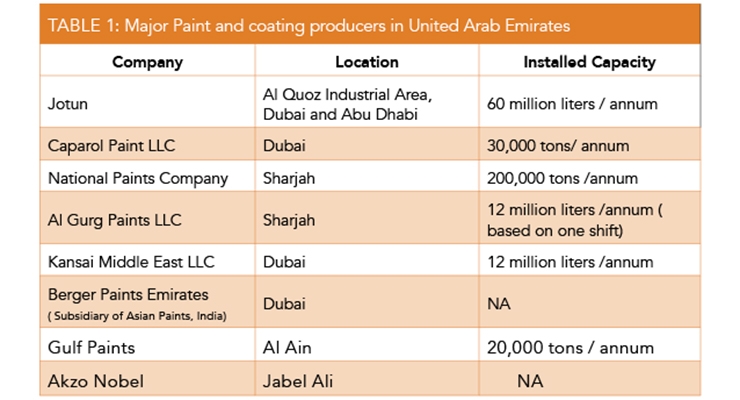Trick Seasonal Considerations For Commercial Exterior Painting: What You Need To Be Educated About
Trick Seasonal Considerations For Commercial Exterior Painting: What You Need To Be Educated About
Blog Article
Author-Aguilar Rosendal
When you're planning a commercial outside paint project, seasonal variables can make or break your results. You'll want to take into consideration exactly how temperature and moisture effect paint application and drying out times. Picking the ideal season can ensure your paint sticks effectively and lasts longer. But which seasons are truly the best for this kind of work? Let's discover the crucial elements that can affect your project's success.
The Influence of Temperature Level on Paint Application
When you're intending an industrial external painting project, the temperature can substantially impact just how well the paint sticks and dries out.
Preferably, you intend to paint when temperatures range between 50 ° F and 85 ° F. If it's also cool, the paint may not heal appropriately, bring about issues like peeling or splitting.
On the other hand, if it's too warm, the paint can dry as well quickly, stopping correct bond and leading to an irregular surface.
You must additionally take into consideration the moment of day; early morning or late afternoon uses cooler temperatures, which can be extra favorable.
Always check the maker's recommendations for the particular paint you're using, as they typically offer support on the optimal temperature level array for optimum results.
Moisture and Its Effect on Drying Times
Temperature level isn't the only ecological factor that influences your commercial exterior painting task; moisture plays a considerable role too. High humidity levels can slow down drying out times substantially, affecting the total top quality of your paint task.
When the air is saturated with moisture, the paint takes longer to treat, which can bring about problems like bad attachment and a higher risk of mold development. If see this on a particularly damp day, be prepared for prolonged wait times between coats.
It's crucial to check neighborhood weather conditions and plan as necessary. Preferably, aim for humidity degrees in between 40% and 70% for ideal drying out.
Keeping these factors in mind guarantees your project stays on track and provides an enduring surface.
Best Seasons for Commercial Exterior Painting Projects
What's the most effective season for your industrial outside paint tasks?
Springtime and very early loss are typically your best bets. During these periods, temperature levels are mild, and humidity degrees are commonly reduced, developing suitable problems for paint application and drying.
Prevent summer season's intense heat, which can create paint to dry too rapidly, leading to poor attachment and coating. Similarly, wintertime's cold temperatures can impede appropriate drying out and healing, risking the longevity of your paint work.
Go for days with temperatures between 50 ° F and 85 ° F for ideal results. Bear in mind to check the regional weather forecast for rain, as damp problems can wreck your job.
interior house painting cost around these elements guarantees your paint project runs smoothly and lasts longer.
Conclusion
Finally, intending your business exterior painting tasks around seasonal considerations can make a substantial difference in the end result. By scheduling work during the suitable temperatures and moisture degrees, you'll ensure much better adhesion and drying out times. Bear in mind to watch on neighborhood weather forecasts and choose the correct time of year-- spring and very early autumn are your best options. Taking these actions will certainly assist you achieve a durable and expert surface that lasts.
